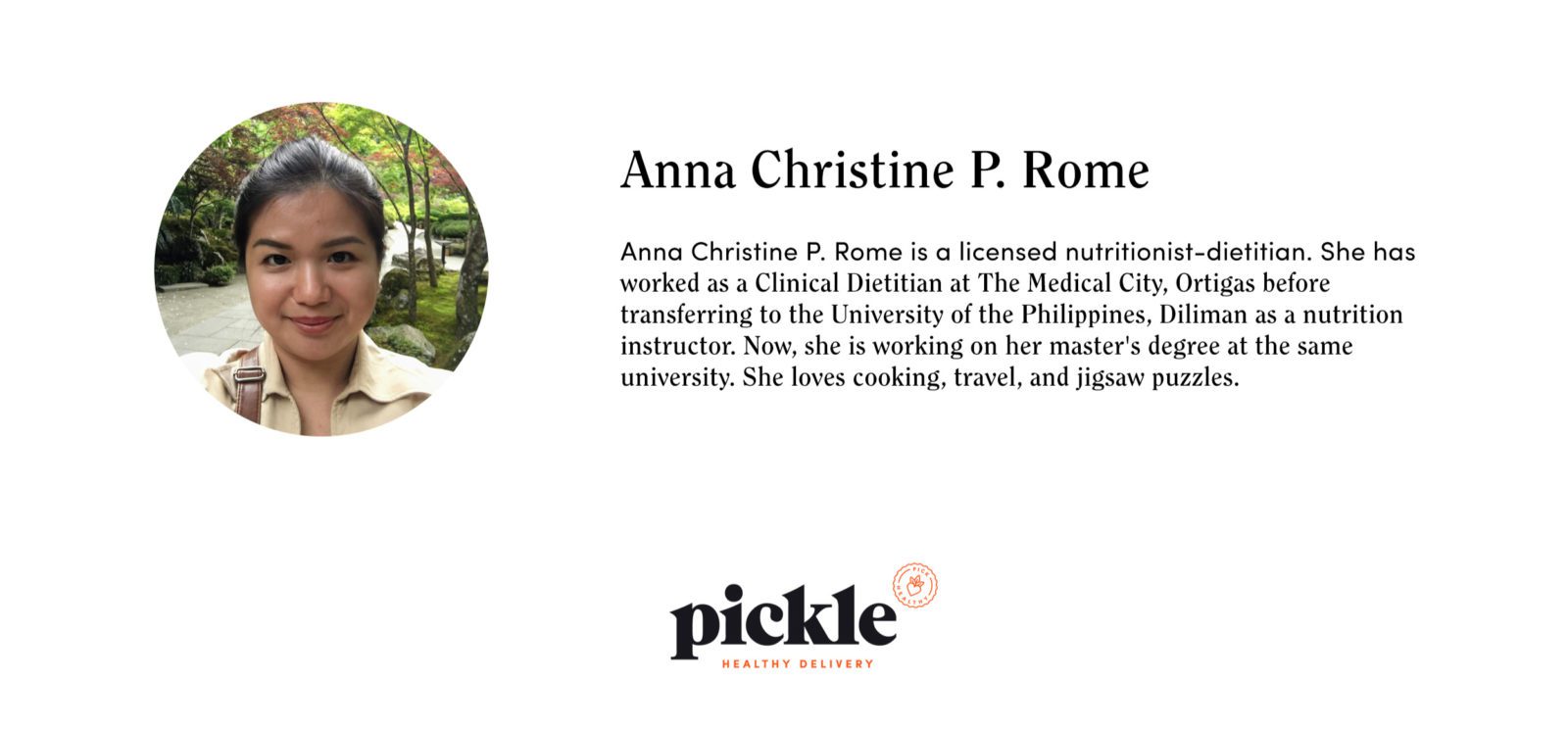The Ultimate Guide to Fiber: Benefits, Types, and How to Increase Your Intake
Fiber, also known as roughage or bulk, is a crucial part of a healthy diet. It’s a type of carbohydrate made up of sugar molecules, but unlike other carbs like sugar or white rice, fiber is indigestible. This is because its chemical bonds can’t be broken down by our digestive enzymes. As a result, fiber passes through the body without providing calories, but it offers a wealth of health benefits.
Why Is Fiber Important for Your Health?
Most people associate fiber with better digestion and regular bowel movements, but it does much more than just prevent constipation. A high-fiber diet can help regulate blood sugar levels, lower cholesterol, and even aid in weight loss by keeping you feeling full longer. Research shows that eating fiber and whole grains is linked to a lower risk of Type 2 diabetes, heart disease, and some types of cancer.
Types of Fiber: Soluble vs. Insoluble
Fiber comes in two main types—soluble fiber and insoluble fiber—and both are important for your health:
Soluble Fiber: When mixed with water, soluble fiber forms a gel-like substance. It’s easily fermented by healthy gut bacteria and can lower total and LDL cholesterol levels, reducing the risk of heart disease. Soluble fiber can also stabilize blood sugar levels by slowing the absorption of carbohydrates. Foods rich in soluble fiber include oatmeal, beans, nuts, and most fruits.
Insoluble Fiber: This type of fiber acts like a sponge, helping food move through the digestive system, which promotes regularity and prevents constipation. Foods high in insoluble fiber include brown rice, carrots, cucumbers, and leafy greens.
Many high-fiber foods contain both types of fiber in varying amounts, so eating a variety of fiber-rich foods is key to reaping all the benefits.
Recommended Fiber Intake
The Philippine Dietary Reference Intake suggests adults aim for 20-25 grams of fiber daily. However, many people fall short of this target. Increasing your fiber intake is easier than you think with a few simple changes to your diet.
How to Eat More Fiber: Tips and Tricks
Eat More Vegetables and Fruits: Aim for at least 5 servings of fruits and vegetables daily. Whenever possible, eat the peels (like apples, cucumbers, and tomatoes) to maximize fiber intake—just be sure they’re clean and safe to eat.
Choose Whole Grains: Swap white rice and bread for whole-grain options like brown rice, quinoa, and whole wheat bread.
Add Legumes and Beans: Incorporate beans, lentils, and chickpeas into soups, stews, or salads to boost fiber.
Snack Smart: Keep healthy, high-fiber snacks on hand, such as whole wheat crackers, air-popped popcorn, or a handful of nuts.
Opt for Fresh Fruit: Skip fruit juices, as they lack the fiber found in whole fruits. Instead, enjoy fresh fruit as a snack or dessert.
Fiber-Rich Foods to Add to Your Diet
- Soluble Fiber: Oatmeal, nuts, beans, lentils, apples, oranges, and berries.
- Insoluble Fiber: Brown rice, whole wheat products, carrots, cucumbers, green leafy vegetables, and broccoli.
Simplify Healthy Eating with Pickle PH
At Pickle PH, we make it easy to meet your fiber needs. Our meal plans incorporate fiber-rich foods like vegetables, whole grains, and legumes to support your health goals. With calorie-controlled, nutrient-dense meals delivered to your door, eating healthy has never been more convenient.
Whether you’re looking to improve digestion, manage your weight, or support heart health, increasing your fiber intake is a great place to start. Try these tips today and enjoy the benefits of a fiber-rich diet!

We Make It Easy To Pick Healthy.
Established since 2015. We are a healthy food delivery service offering delicious calorie-controlled and macro-balanced meals. Prepared by chefs and nutritionists with your health in mind.

